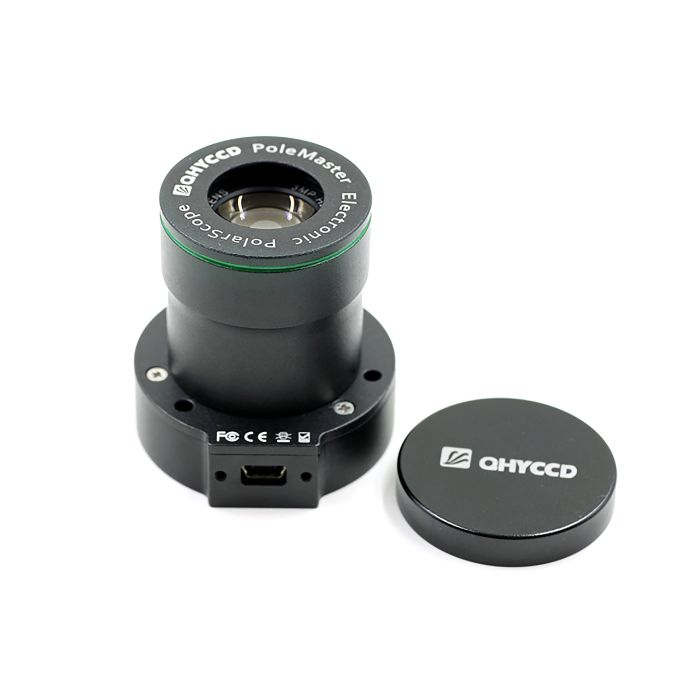Comets are celestial bodies that are composed of ice, dust, and rock. They orbit around the Sun, much like planets and asteroids do, but their orbits are typically much more elongated and elliptical. Comets are known for their bright, glowing tails, which are created as the Sun warms the icy surface of the comet, causing the ice to sublimate (turn from a solid to a gas) and release dust and other particles into space.
There are two main types of comets: short-period comets and long-period comets. Short-period comets, as the name suggests, have orbits that take them around the Sun in less than 200 years. The most famous short-period comet is Halley's Comet, which has an orbit that takes it around the Sun once every 76 years. Long-period comets, on the other hand, have orbits that take them around the Sun in more than 200 years.
Comets are considered to be some of the most primitive and ancient bodies in the solar system. They are thought to have formed in the outer reaches of the solar system, in a region known as the Oort Cloud. This is a vast, spherical cloud of comets that surrounds the solar system, extending out to a distance of up to one light-year from the Sun.
The composition of comets can vary greatly depending on the specific comet in question. Some comets are composed primarily of water ice, while others are composed of a mixture of water ice, carbon dioxide ice, and other volatile compounds. The nuclei (central cores) of comets can range in size from a few hundred meters to several kilometers in diameter.
Comets are of great interest to scientists because they are thought to contain valuable information about the early solar system. They are also believed to have played a major role in the formation and evolution of the solar system, including the delivery of water and other volatile compounds to the inner planets, such as Earth.
The Origin of Comets
The origin of comets is a topic of much debate among scientists. The most widely accepted theory is that comets formed in the outer reaches of the solar system, in a region known as the Oort Cloud. This cloud is thought to be a remnant of the original solar nebula, the cloud of gas and dust that surrounded the young Sun and eventually formed the planets and other bodies in the solar system.
According to this theory, comets in the Oort Cloud formed from the same materials that formed the planets, but they formed at much greater distances from the Sun, where it was too cold for solid particles to stick together. Instead, these particles remained in a frozen, icy state. Over time, the gravity of passing stars and giant molecular clouds pulled some of these comets into the inner solar system, where they were captured by the Sun's gravity and became short-period comets.
The Structure of Comets
The structure of a comet is divided into three main parts: the nucleus, the coma, and the tail.
The nucleus is the solid, central part of the comet, and it is made up of ice and dust. The size of the nucleus can vary greatly depending on the specific comet, but it is typically only a few kilometers in diameter. As the comet approaches the Sun, the Sun's heat causes the ice in the nucleus to sublimate (turn from a solid to a gas), releasing dust and other particles into space. This creates the coma, a bright, glowing cloud of gas and dust that surrounds the nucleus.
I hope you have enjoyed this article. If you would like further information, please contact us at NiteScapeastro@mail.com or visit our website at https://nitescapeastrophotography.com/




Leave a comment
This site is protected by hCaptcha and the hCaptcha Privacy Policy and Terms of Service apply.